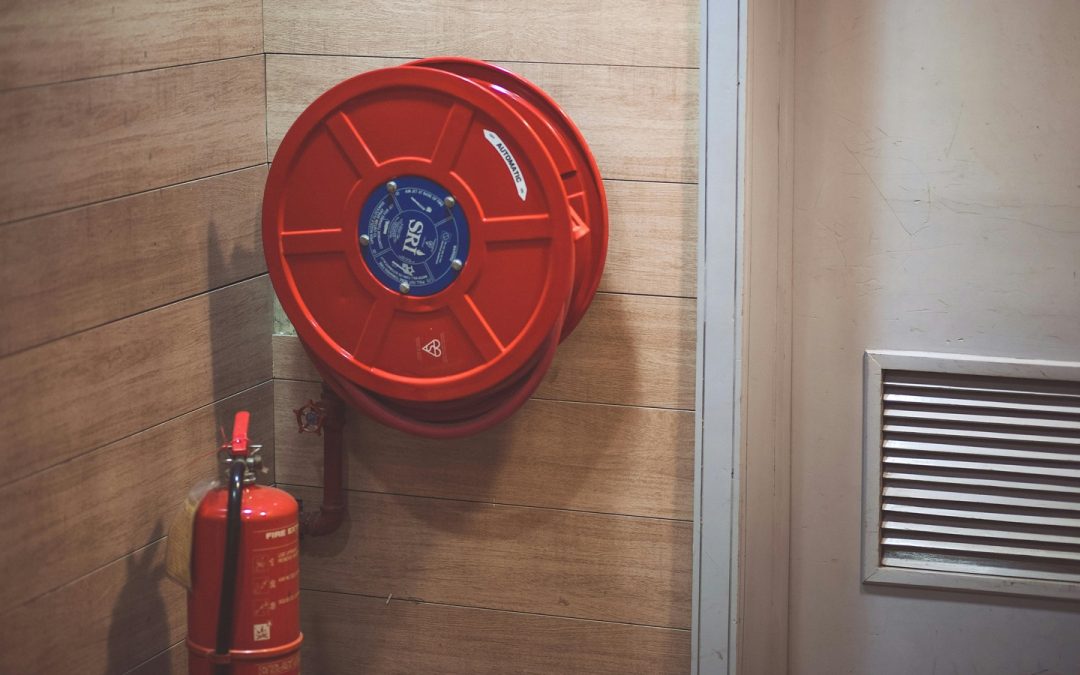Fire safety systems are an integral component of building safety, providing essential protection for occupants and assets alike. As technology advances, these systems have become more sophisticated, capable of detecting and responding to fire hazards with incredible speed and accuracy. This detailed exploration will help you understand the various aspects of responsive fire safety systems, how they function, and why they are crucial in ensuring safety from fire hazards.
Overview of Responsive Fire Safety Systems
Responsive fire safety systems are designed to detect fire signs, alert occupants, and sometimes even take initial steps to combat the fire. These systems range from basic smoke detectors to advanced solutions that integrate smoke detection, water sprinklers, and automated alerts that communicate with local fire departments.
One of the cornerstones of modern fire safety technology is automatic fire detection systems. These systems use sensors to detect smoke, heat, or flames and can trigger alarms to alert occupants and emergency services. By providing early warnings, they can significantly reduce the risk of injuries and property damage. Integration with building management systems allows for comprehensive safety measures, such as unlocking exit doors and shutting down hazardous equipment.
Components of Fire Safety Systems
Understanding the various components that make up these systems can give you a deeper insight into their functionality:
- Fire Detection Devices: These include smoke detectors, heat sensors, and flame detectors. Each type has its specific use, depending on the environment it’s suited for. Smoke detectors are common in homes and offices, while heat sensors might be used in kitchens, and flame detectors are often found in places with highly flammable materials.
- Alarming Systems: Once a fire is detected, the system alerts occupants through audible alarms and visual indicators like flashing lights. In more advanced setups, it can also send automatic notifications to emergency response teams.
- Suppression Systems: These include sprinkler systems, fire extinguishers, and special systems like gas-based suppression systems for environments where water damage needs to be avoided. They can be activated manually or automatically, depending on the system design.
- Safety Interfaces: These include emergency lighting and signage that help in evacuation by providing clear escape routes and illuminating these paths even in power outages.
- Control Panel: This is the brain of the system, where all sensors and alarms report. It monitors the integrity and status of all connected devices and can be used for manual override and testing.
Installation and Maintenance
Proper installation and regular maintenance are key to ensuring that fire safety systems function as intended when needed. Here’s what to keep in mind:
- Professional Installation: Always have fire safety systems installed by qualified professionals. Incorrect installation can lead to system failure during critical times.
- Regular Testing: Systems should be tested regularly to ensure they are operational. This includes checking battery life in detectors, ensuring sprinklers are not obstructed, and alarms are functioning correctly.
- Compliance with Regulations: Fire safety systems must comply with national and local fire safety regulations. Regular inspections by certified inspectors can ensure compliance and functionality.
Innovations in Fire Safety Technology
The field of fire safety continues to evolve with technological advancements. Some of the latest innovations include:
- Smart Detectors: These devices can differentiate between non-threatening sources of heat and smoke, such as burnt toast, and genuine fire hazards. This reduces false alarms and ensures quicker responses to real fires.
- Integrated Systems: More buildings now integrate fire safety systems with general building operations, allowing for more coordinated responses to emergencies. For example, in the event of a fire, the system can shut down ventilation to prevent smoke spread and send an elevator to the ground floor.
- IoT and Remote Monitoring: Internet of Things (IoT) technology allows for real-time data monitoring and analytics, improving maintenance capabilities and response times. Building managers can monitor system status from remote locations, ensuring constant vigilance.
Challenges and Considerations
While responsive fire safety systems offer significant protection, they come with challenges that need addressing:
- Cost: Advanced systems can be expensive to install and maintain, which can be a barrier for smaller businesses or residential installations.
- Complexity: The more complex a system, the greater the need for regular professional maintenance to ensure all components are working correctly.
- Adaptability: Buildings undergo changes over time, such as renovations or changes in use. Fire safety systems need to adapt to these changes to remain effective.
Final Thoughts
Responsive fire safety systems are vital for protecting lives and properties from the devastating effects of fires. Understanding how these systems work, their components, and the importance of maintenance helps ensure that they function effectively when needed most. Advances in technology continue to improve the efficiency and integration of these systems, promising even greater levels of safety in the future. As we continue to rely on these systems for protection, it is essential to stay informed about the latest developments and ensure compliance with all safety standards.

Recent Comments